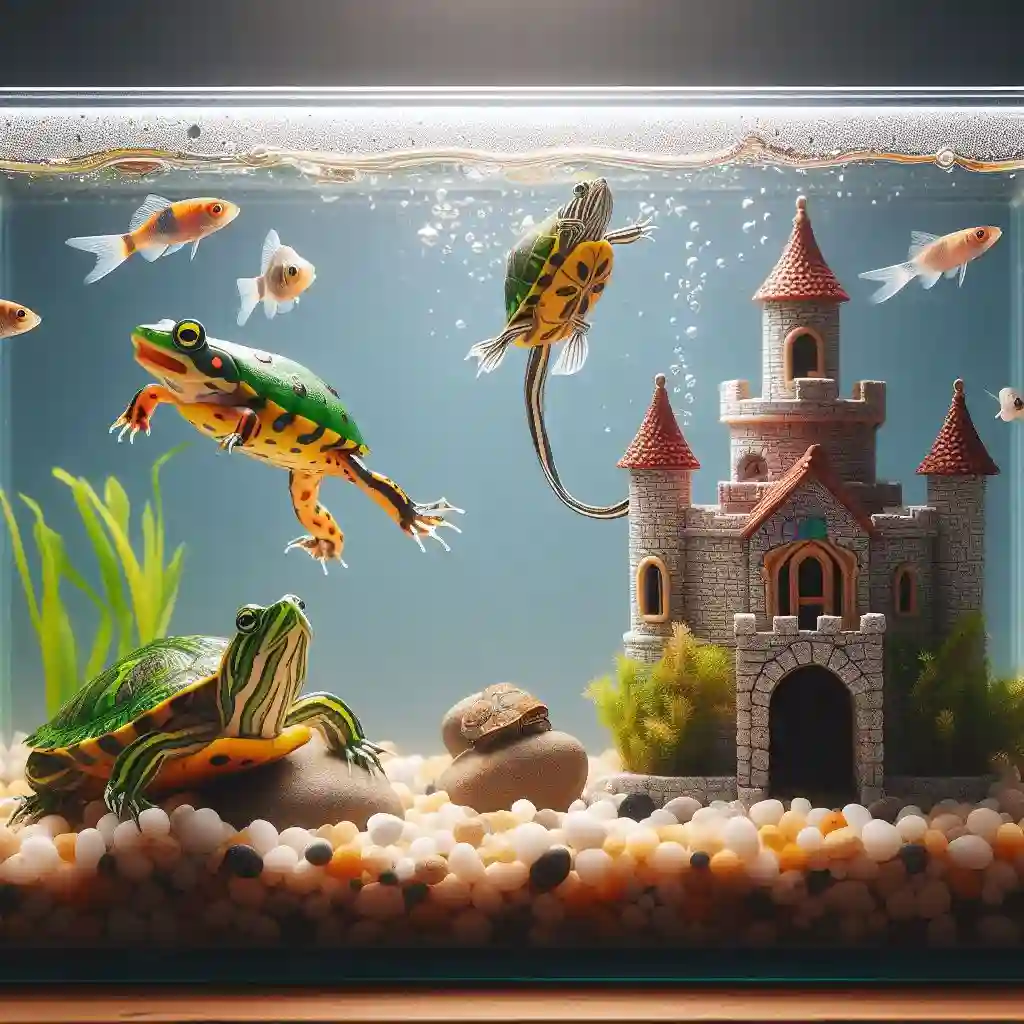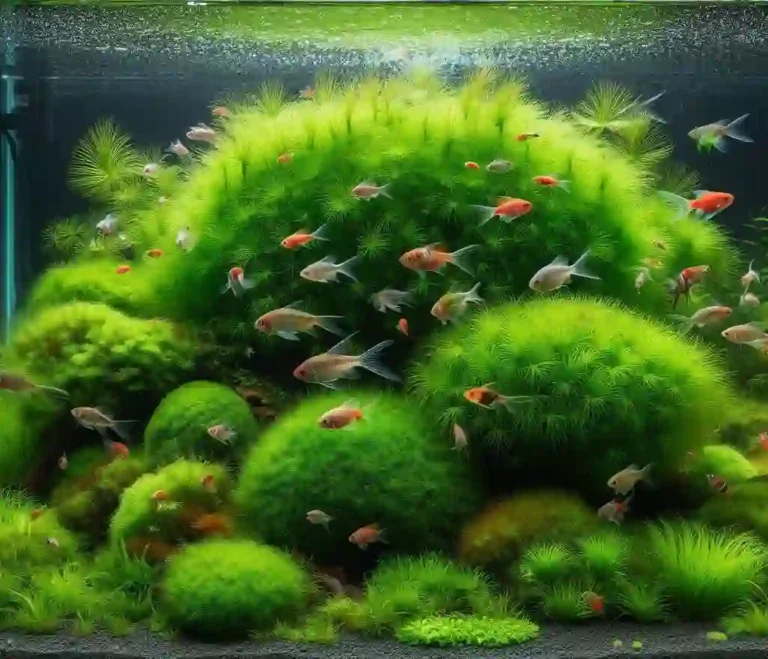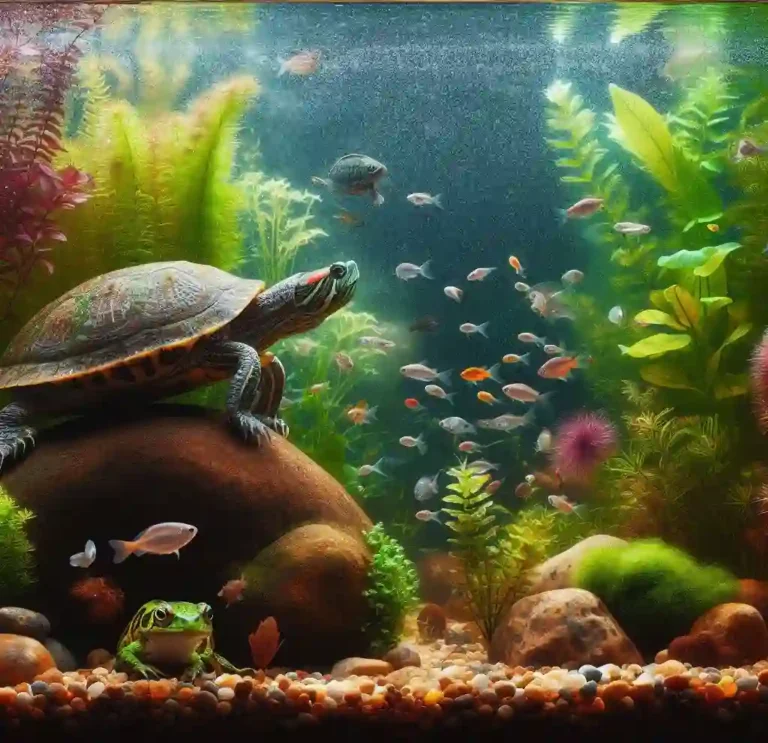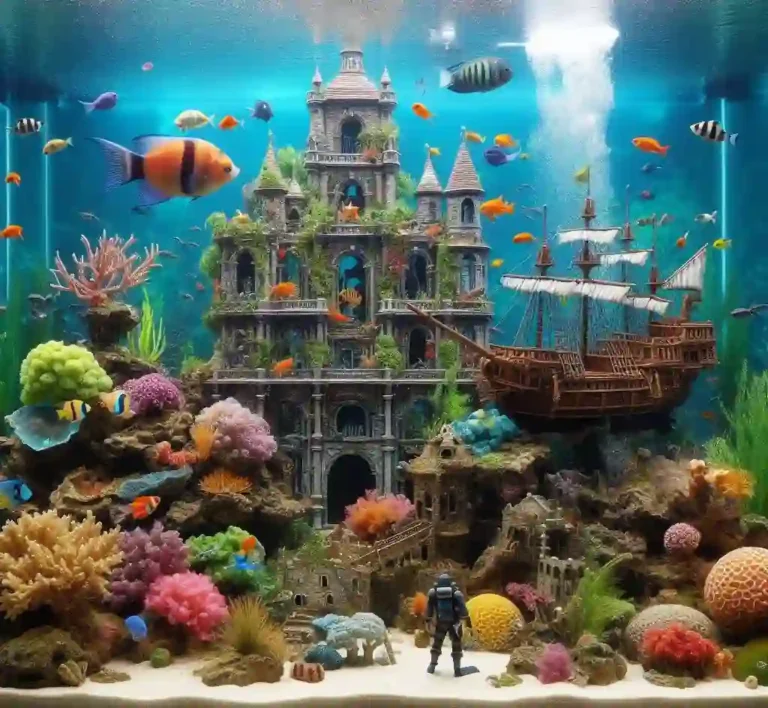What Reptiles Can Live in a 5-Gallon Tank? Discover the Best Options
What Reptiles Can Live in a 5-Gallon Tank? Are you fascinated by the scaly, slithery, and cold-blooded world of reptiles, but think you don’t have the space to bring one home?
While many reptiles do require large enclosures, there are several species that can thrive in a compact 5-gallon tank. But which reptiles can truly call a 5-gallon tank home?
In this article, we’ll delve into the best reptile options for small spaces, exploring the ideal species, habitat requirements, and care tips to ensure your tiny tenant stays happy and healthy.
What Reptiles Can Live in a 5-Gallon Tank? Quick Overview
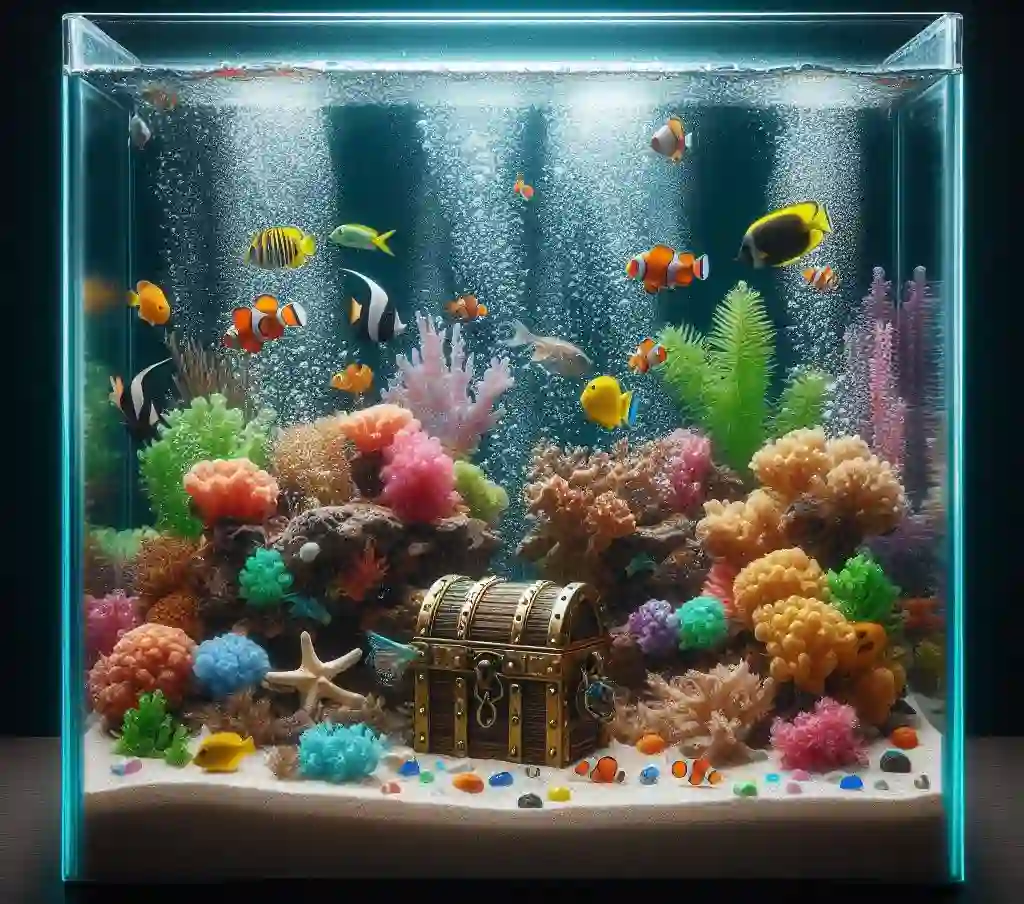
Geckos:
- Leopard geckos
- Crested geckos
- Gargoyle geckos
Chameleons:
- Dwarf chameleons (e.g., Brookesia, Rieppeleon)
Anoles:
- Green anoles
- Brown anoles
Skinks:
- Blue-tongued skinks
- Prehensile-tailed skinks
Snakes:
- Garter snakes
- King snakes
- Corn snakes
Turtles and Tortoises:
- Red-eared sliders
- Russian tortoises
- Leopard tortoises
Tiny but Mighty: The Benefits of Small Reptile Tanks
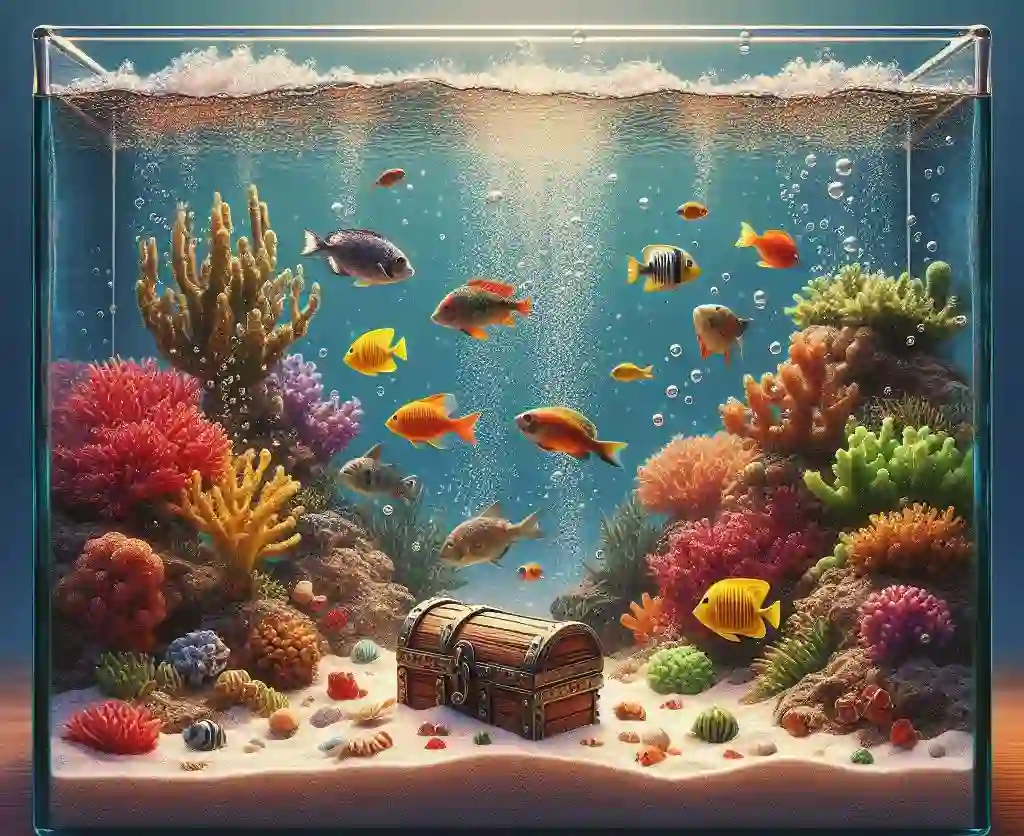
Space-Saving Design
One of the most obvious advantages of small reptile tanks is their compact size. They’re perfect for apartments, dorm rooms, or any space where floor space is limited. You can easily fit a 5-gallon tank on a desk, shelf, or countertop, making them ideal for city dwellers or those with limited space.
Energy Efficiency
Smaller tanks require less energy to heat, light, and maintain, which can lead to significant cost savings over time. This is especially important for keepers who live in areas with high energy costs or those who want to reduce their environmental footprint.
Easier Maintenance
Small tanks are generally easier to clean and maintain than their larger counterparts. With fewer decorations, substrates, and water features to worry about, you’ll spend less time cleaning and more time enjoying your reptile’s company.
Cost-Effective
Small reptile tanks are often less expensive to set up and maintain than larger tanks. You’ll need fewer supplies, such as food, substrate, and decorations, which can add up quickly. This makes small tanks an excellent choice for beginners or those on a budget.
Perfect for Small Species
Many reptile species are naturally small or can thrive in compact spaces. Small tanks provide an ideal environment for these species, allowing them to live comfortably and happily.
Geckos: The Perfect Inhabitants for 5-Gallon Tanks
When it comes to small reptile tanks, geckos are an excellent choice. These tiny, gentle creatures are perfectly suited for 5-gallon tanks, and they’re a great option for beginners or experienced keepers alike.
Why Geckos Thrive in Small Tanks:
- Small Space, No Problem: Geckos are naturally adapted to living in small, enclosed spaces, making them a perfect fit for 5-gallon tanks.
- Low Maintenance: Geckos are easy to care for, requiring minimal space, food, and maintenance.
- Quiet and Calm: Geckos are quiet, calm, and non-aggressive, making them a great choice for keepers who want a low-stress pet.
- Variety of Species: With over 1,000 species of geckos, you can choose from a range of colors, patterns, and sizes to find the perfect fit for your tank.
Popular Gecko Species for Small Tanks:
- Leopard Geckos: One of the most popular pet geckos, leopard geckos are small, gentle, and easy to care for.
- Crested Geckos: Also known as “eyelash” geckos, crested geckos are small, calm, and have a unique appearance.
- Gargoyle Geckos: With their unique appearance and calm demeanor, gargoyle geckos make great pets for small tanks.
Tips for Keeping Geckos in Small Tanks:
- Provide a Temperature Gradient: Offer a range of temperatures to allow your gecko to regulate its body temperature.
- Humidity is Key: Maintain a moderate to high humidity level to keep your gecko happy and healthy.
- Feed a Varied Diet: Offer a mix of live insects and commercial gecko food to ensure a balanced diet.
Small but Fierce: Dwarf Chameleons for Compact Spaces
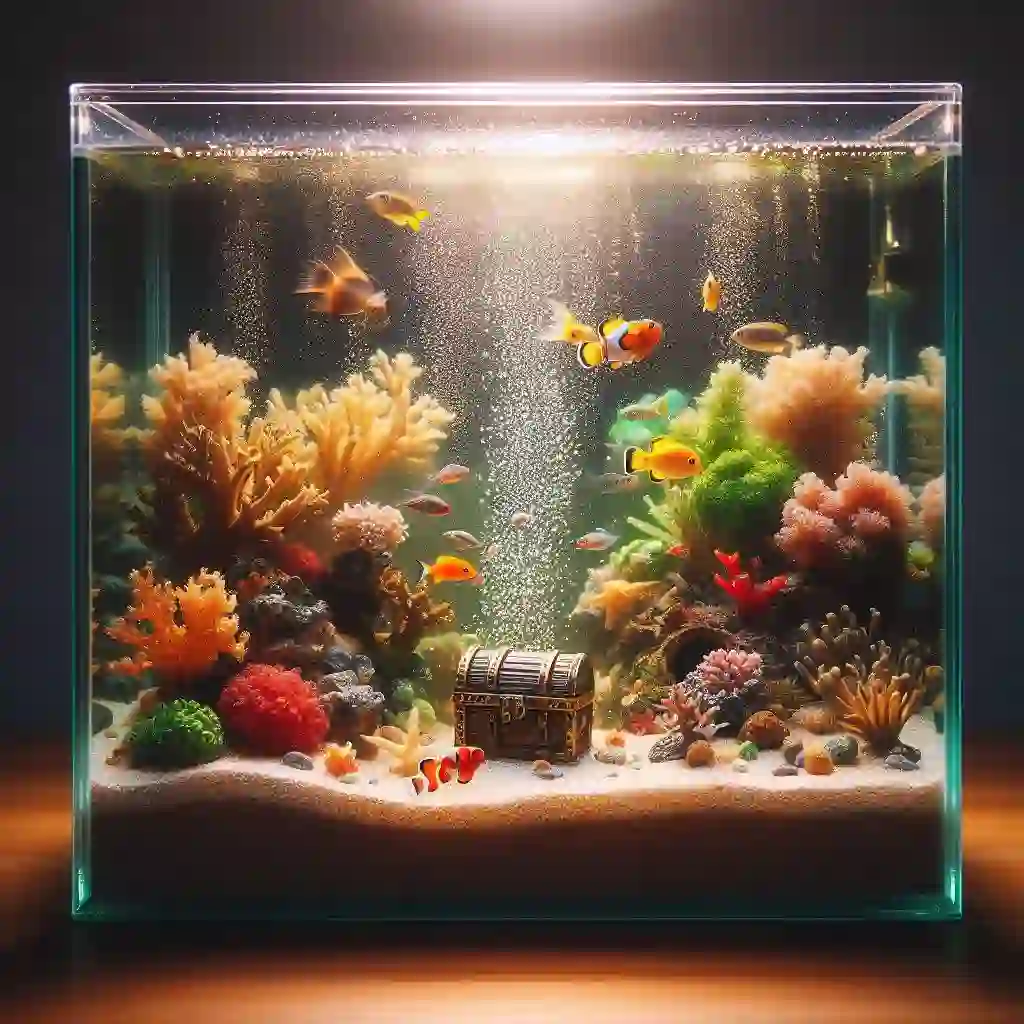
When it comes to small reptile tanks, dwarf chameleons are an excellent choice. These tiny, fierce creatures are perfectly suited for compact spaces, and they’re a great option for beginners or experienced keepers alike.
Why Dwarf Chameleons Thrive in Small Tanks:
- Compact Size: Dwarf chameleons are naturally small, making them a perfect fit for 5-gallon tanks.
- Low Maintenance: Dwarf chameleons are relatively low maintenance, requiring minimal space and care.
- Colorful and Fascinating: Dwarf chameleons are known for their vibrant colors and fascinating behaviors, making them a great choice for keepers who want an engaging pet.
Popular Dwarf Chameleon Species for Small Tanks:
- Brookesia Chameleons: These tiny chameleons are known for their vibrant colors and are a popular choice for small tanks.
- Rieppeleon Chameleons: With their striking patterns and calm demeanor, Rieppeleon chameleons make great pets for small spaces.
- Bradypodion Chameleons: These small, gentle chameleons are easy to care for and make great pets for beginners.
Tips for Keeping Dwarf Chameleons in Small Tanks:
- Provide a Temperature Gradient: Offer a range of temperatures to allow your chameleon to regulate its body temperature.
- Humidity is Crucial: Maintain a moderate to high humidity level to keep your chameleon happy and healthy.
- Feed a Varied Diet: Offer a mix of live insects and commercial chameleon food to ensure a balanced diet.
Snakes in a Small Package: Best Species for 5-Gallon Tanks
When it comes to small reptile tanks, snakes are an excellent choice. Many species of snakes are well-suited for compact spaces, and they’re a great option for beginners or experienced keepers alike.
Why Snakes Thrive in Small Tanks:
- Space-Efficient: Snakes are long and slender, making them a great fit for narrow, vertical tanks.
- Low Maintenance: Snakes are relatively low maintenance, requiring minimal space and care.
- Fascinating Behaviors: Snakes are known for their fascinating behaviors, such as hunting and shedding, making them a great choice for keepers who want an engaging pet.
Popular Snake Species for Small Tanks:
- Garter Snakes: These small, non-venomous snakes are easy to care for and come in a variety of colors and patterns.
- King Snakes: With their striking patterns and docile nature, king snakes are a popular choice for small tanks.
- Corn Snakes: These small, gentle snakes are easy to care for and are a great choice for beginners.
Tips for Keeping Snakes in Small Tanks:
- Provide a Secure Enclosure: Ensure your tank is secure and escape-proof to prevent your snake from escaping.
- Maintain Proper Temperature: Provide a temperature range of 75-85°F (24-29°C) for most snake species.
- Feed a Varied Diet: Offer a mix of frozen-thawed mice or rats, and live prey items like mice or rats.
Lizards in a Little Space: Anoles and Skinks for Small Tanks
When it comes to small reptile tanks, lizards are an excellent choice. Many species of lizards are well-suited for compact spaces, and they’re a great option for beginners or experienced keepers alike.
Why Lizards Thrive in Small Tanks:
- Compact Size: Many lizard species are small and compact, making them a great fit for 5-gallon tanks.
- Low Maintenance: Lizards are relatively low maintenance, requiring minimal space and care.
- Colorful and Fascinating: Lizards are known for their vibrant colors and fascinating behaviors, making them a great choice for keepers who want an engaging pet.
Popular Lizard Species for Small Tanks:
- Anoles: These small, colorful lizards are native to the southeastern United States and are a popular choice for small tanks.
- Skinks: With their sleek bodies and gentle nature, skinks are a great choice for small tanks and are easy to care for.
Tips for Keeping Lizards in Small Tanks:
- Provide a Temperature Gradient: Offer a range of temperatures to allow your lizard to regulate its body temperature.
- Maintain Proper Humidity: Keep the humidity level between 50-60% to keep your lizard happy and healthy.
- Feed a Varied Diet: Offer a mix of live insects, fruits, and vegetables to ensure a balanced diet.
Turtles and Tortoises: Can They Really Thrive in 5 Gallons?
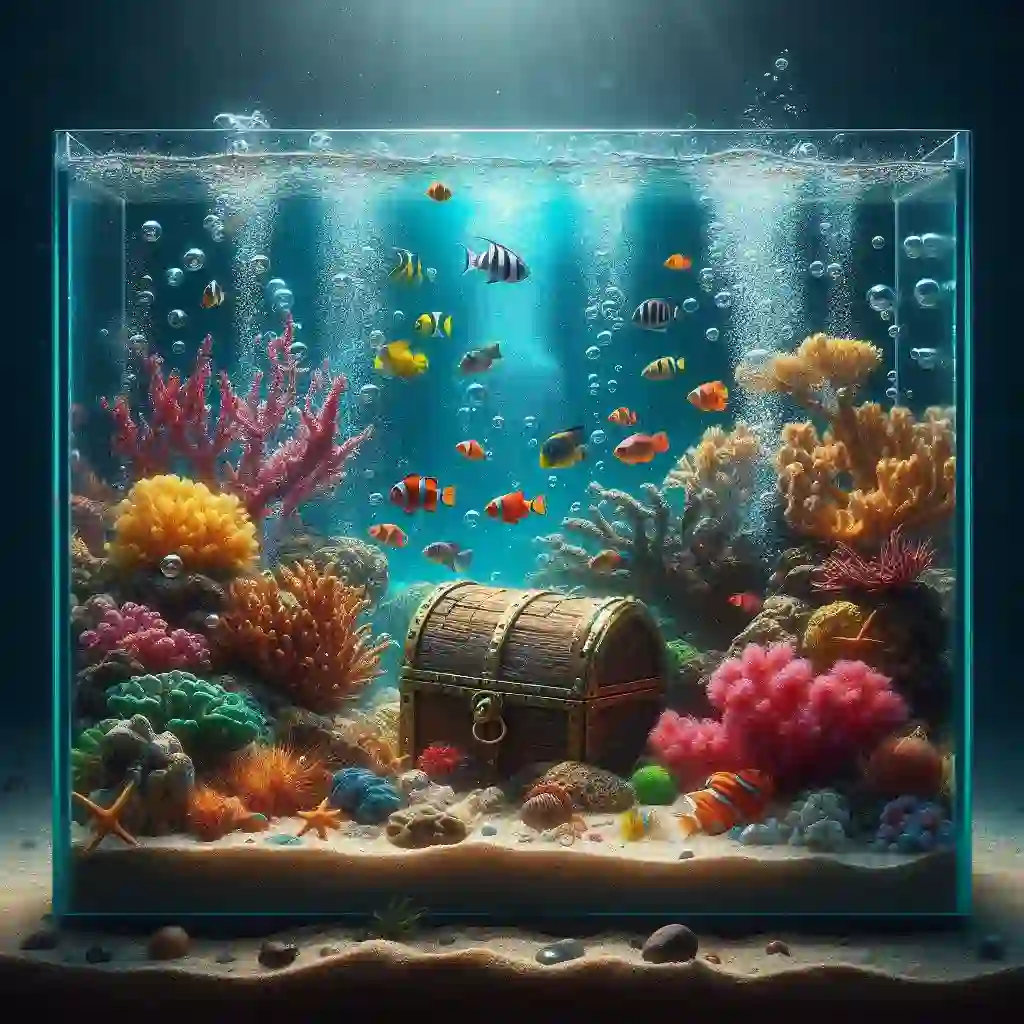
When it comes to small reptile tanks, turtles and tortoises are often overlooked. However, some species of turtles and tortoises can thrive in 5-gallon tanks, provided they receive proper care and attention.
Why Turtles and Tortoises Can Thrive in Small Tanks:
- Slow and Steady: Turtles and tortoises are slow-moving and don’t require a lot of space to roam.
- Low Maintenance: Many species of turtles and tortoises are relatively low maintenance, requiring minimal space and care.
- Long-Lived: Turtles and tortoises can live for decades with proper care, making them a long-term companion.
Popular Turtle and Tortoise Species for Small Tanks:
- Red-Eared Sliders: These small, gentle turtles are a popular choice for small tanks and are easy to care for.
- Russian Tortoises: With their small size and gentle nature, Russian tortoises are a great choice for small tanks.
- Leopard Tortoises: These small, gentle tortoises are easy to care for and can thrive in small tanks.
Tips for Keeping Turtles and Tortoises in Small Tanks:
- Provide a Proper Filter: Ensure your tank has a proper filter to maintain clean and healthy water.
- Maintain Proper Temperature: Keep the temperature between 75-85°F (24-29°C) for most turtle and tortoise species.
- Feed a Balanced Diet: Offer a mix of vegetables, fruits, and protein sources to ensure a balanced diet.
Creating a Reptile Paradise: Essential Tank Setup and Care
Tank Setup:
- Choose the Right Tank: Select a tank that is specifically designed for reptiles, with a secure lid to prevent escape.
- Substrate Selection: Choose a substrate that is safe for your reptile, such as reptile carpet, paper towels, or indoor/outdoor carpeting.
- Heating and Lighting: Provide a heat source, such as a heat lamp or ceramic heat emitter, and a UVB light to simulate natural sunlight.
- Water and Humidity: Provide a water bowl and a humidifier to maintain a healthy humidity level.
Tank Maintenance:
- Cleanliness is Key: Clean the tank regularly to prevent bacterial and fungal growth.
- Monitor Temperature and Humidity: Check the temperature and humidity levels daily to ensure they are within the recommended range.
- Replace Substrate: Replace the substrate completely every 2-3 months to prevent bacterial and fungal growth.
Reptile Care:
- Diet and Nutrition: Provide a balanced diet that meets your reptile’s nutritional needs.
- Hydration: Ensure your reptile has access to fresh, clean water at all times.
- Handling and Socialization: Handle your reptile gently and regularly to promote socialization and trust.
Before You Bring One Home: Important Considerations for Small Reptile Keepers
Research and Understanding:
- Learn About the Species: Research the specific needs and requirements of the reptile species you’re interested in keeping.
- Understand the Lifespan: Be aware of the average lifespan of the species and be prepared to make a long-term commitment.
Space and Equipment:
- Tank Size and Type: Ensure you have a suitable tank that meets the reptile’s spatial needs and provides adequate ventilation.
- Heating and Lighting: Provide the necessary heating and lighting equipment to maintain a suitable environment.
Diet and Nutrition:
- Nutritional Requirements: Understand the reptile’s dietary needs and be prepared to provide a balanced diet.
- Feeding Schedule: Establish a feeding schedule that meets the reptile’s needs and ensures proper nutrition.
Time Commitment:
- Daily Care: Be prepared to dedicate time each day to care for your reptile, including cleaning, feeding, and monitoring.
- Long-Term Commitment: Understand that caring for a reptile is a long-term commitment that requires a significant time investment.
Financial Considerations:
- Initial Investment: Be prepared for the initial investment in equipment, food, and veterinary care.
- Ongoing Expenses: Consider the ongoing expenses associated with caring for a reptile, including food, veterinary care, and equipment replacement.
FAQs
Q: What reptiles can live in a 5-gallon tank?
A: Small reptiles such as geckos, chameleons, anoles, skinks, and some species of snakes and turtles can thrive in a 5-gallon tank.
Q: What are the minimum tank size requirements for reptiles?
A: The minimum tank size requirements vary by species, but a general rule of thumb is to provide at least 1-2 gallons of space per inch of reptile length.
Q: Can I keep multiple reptiles in a 5-gallon tank?
A: It’s generally not recommended to keep multiple reptiles in a 5-gallon tank, as this can lead to stress, competition for resources, and increased risk of disease transmission.
Q: How often should I clean my reptile’s tank?
A: Clean your reptile’s tank at least weekly, and perform a deep clean every 2-3 months to prevent bacterial and fungal growth.
Q: What is the ideal temperature range for reptiles in a 5-gallon tank?
A: The ideal temperature range varies by species, but most reptiles require a temperature range of 75-85°F (24-29°C) with a basking spot around 90°F (32°C).
Q: Can I keep reptiles in a 5-gallon tank without a heat source?
A: No, most reptiles require a heat source to maintain a suitable body temperature. Without a heat source, your reptile may experience stress, illness, or even death.

Hello, I’m Aria Cooper, the heart and soul behind Swimmy Buddies. As a devoted fish aficionado, I share my aquatic adventures and expertise to inspire your own underwater explorations. 🐠🌊

